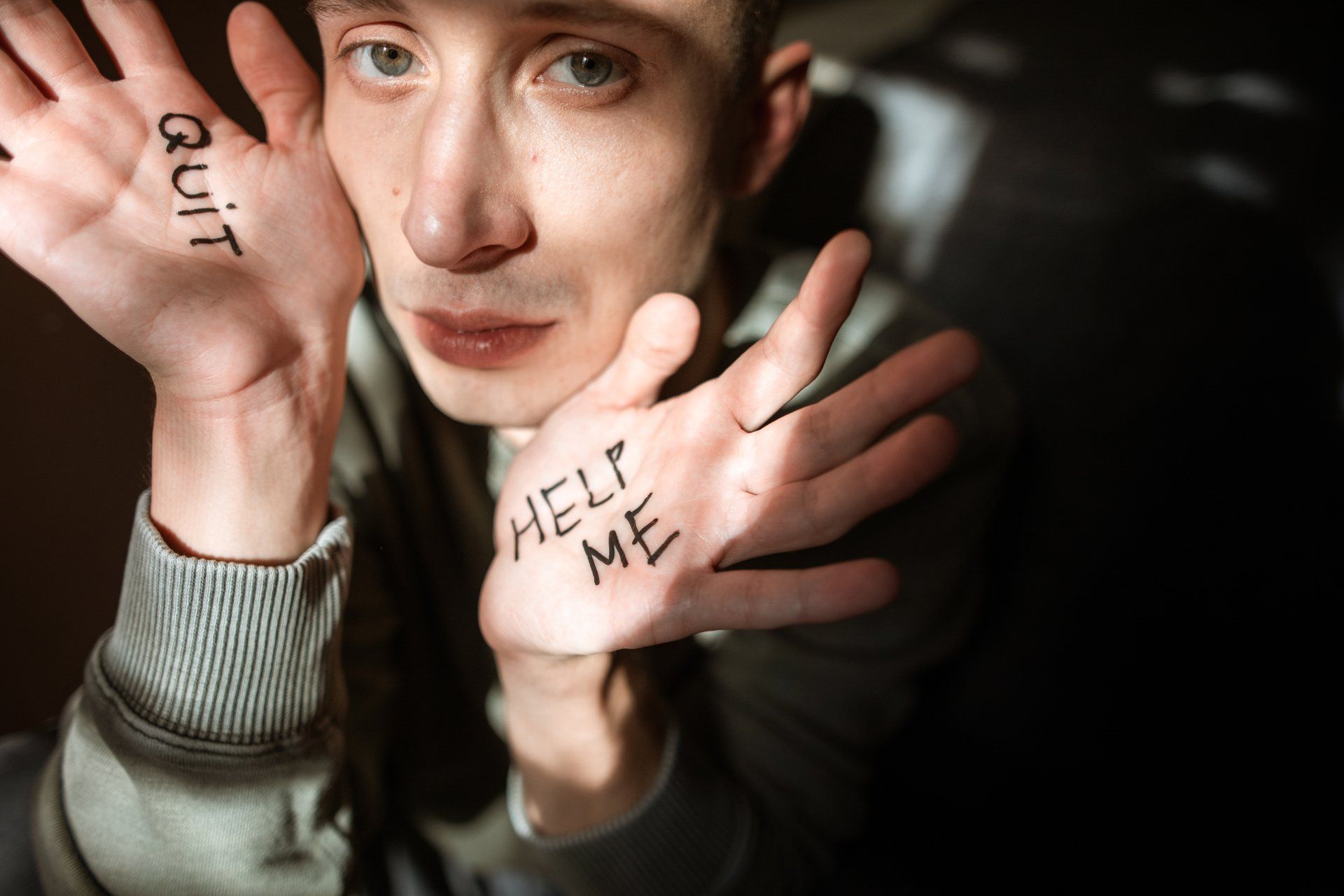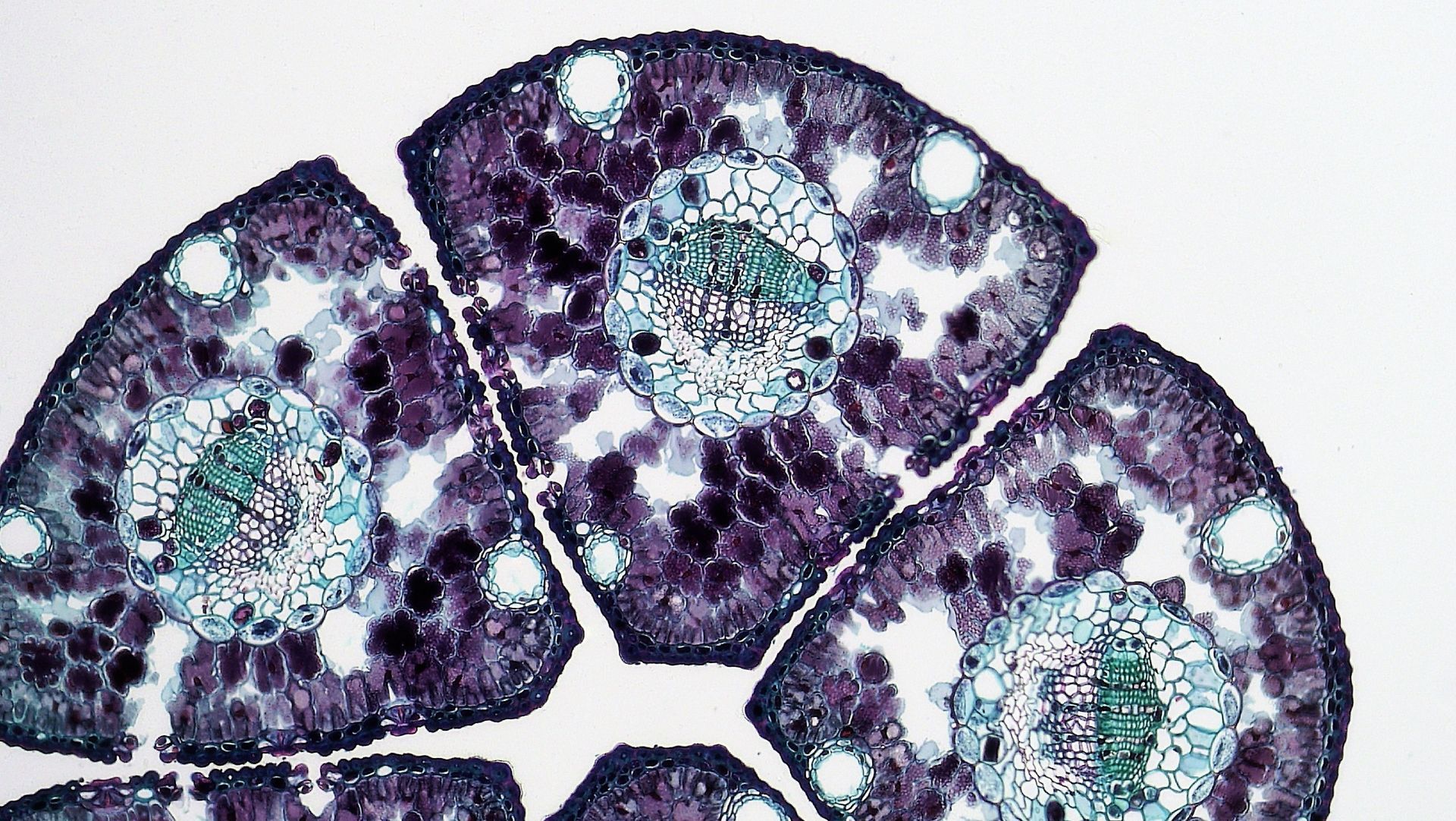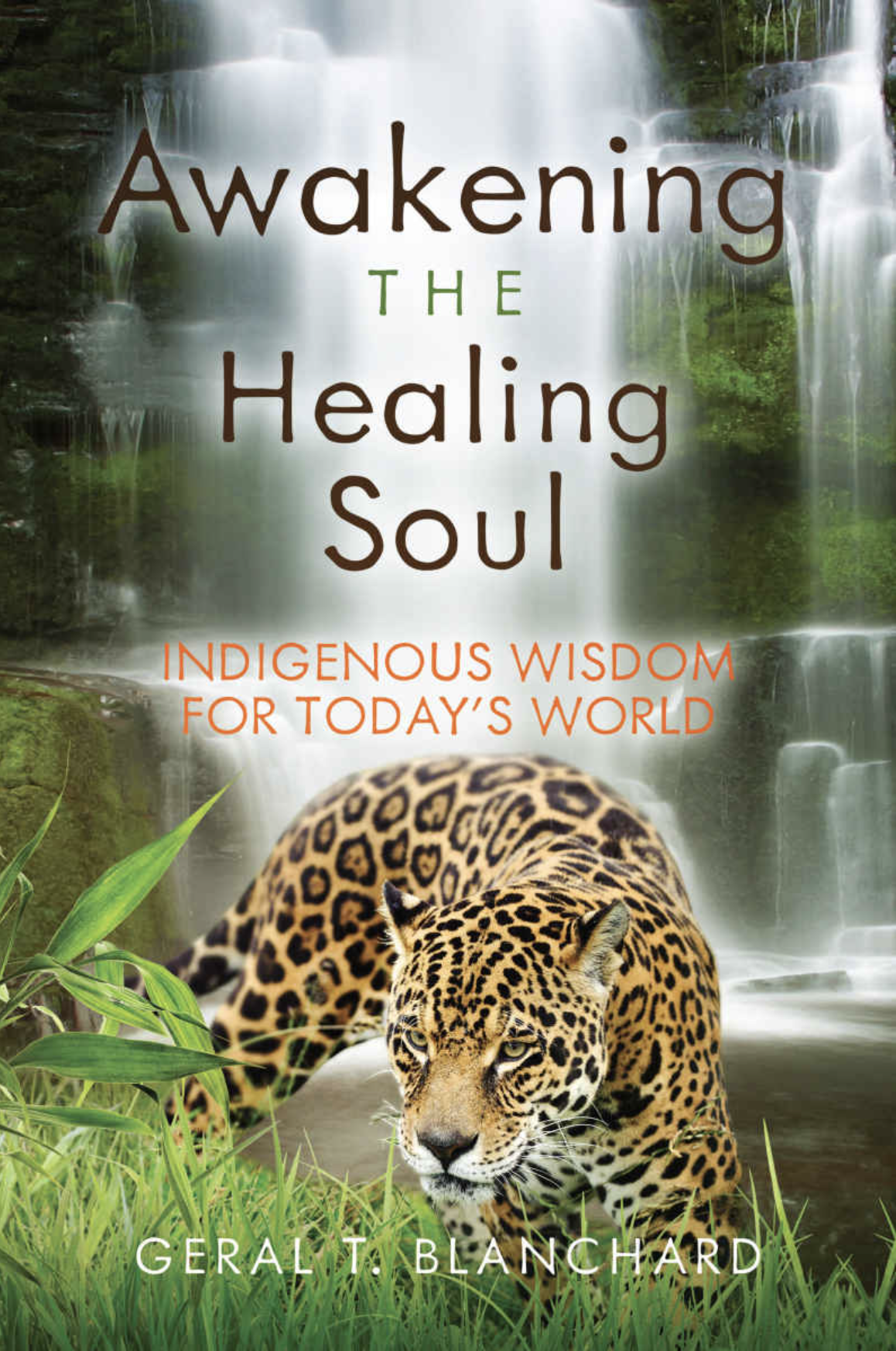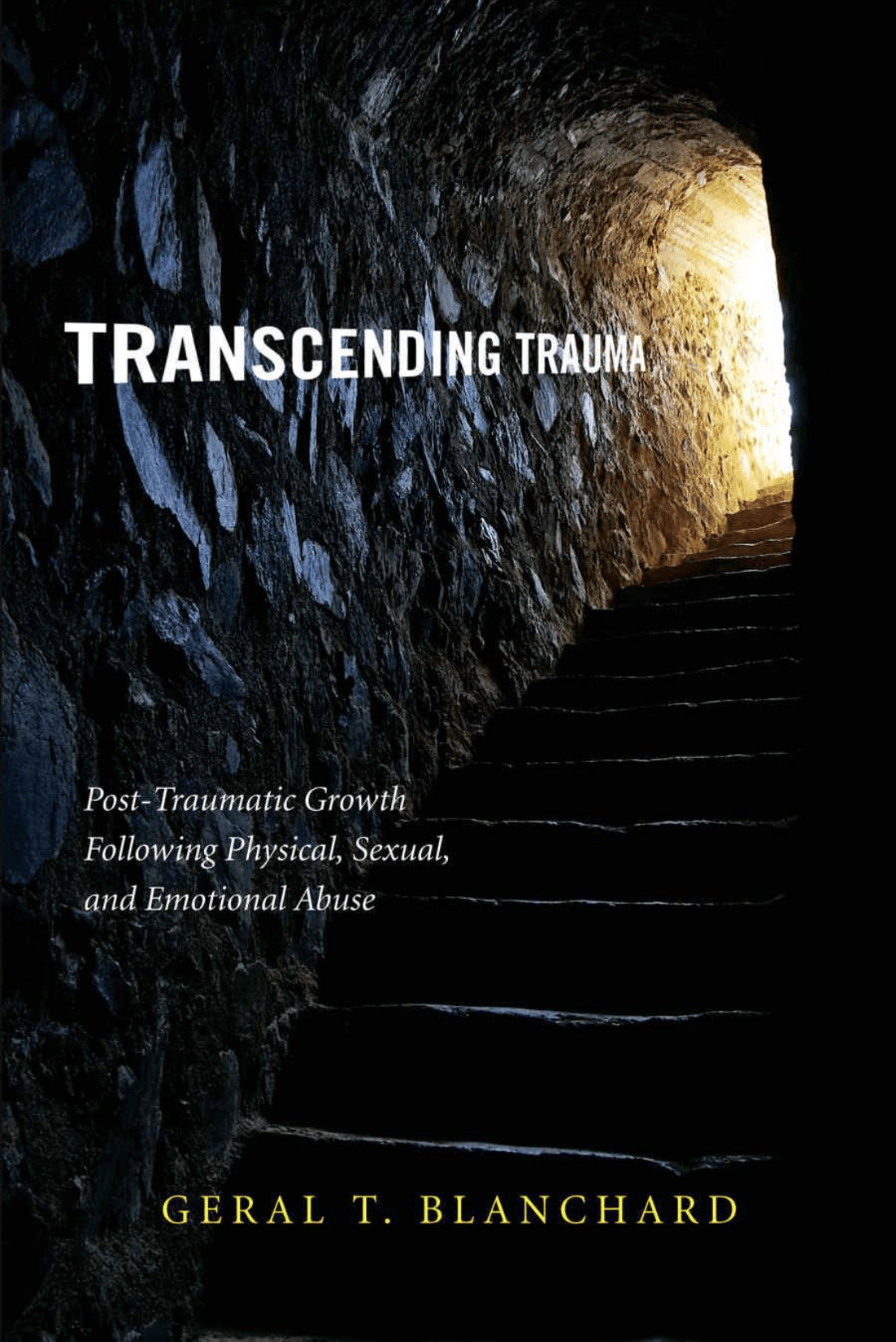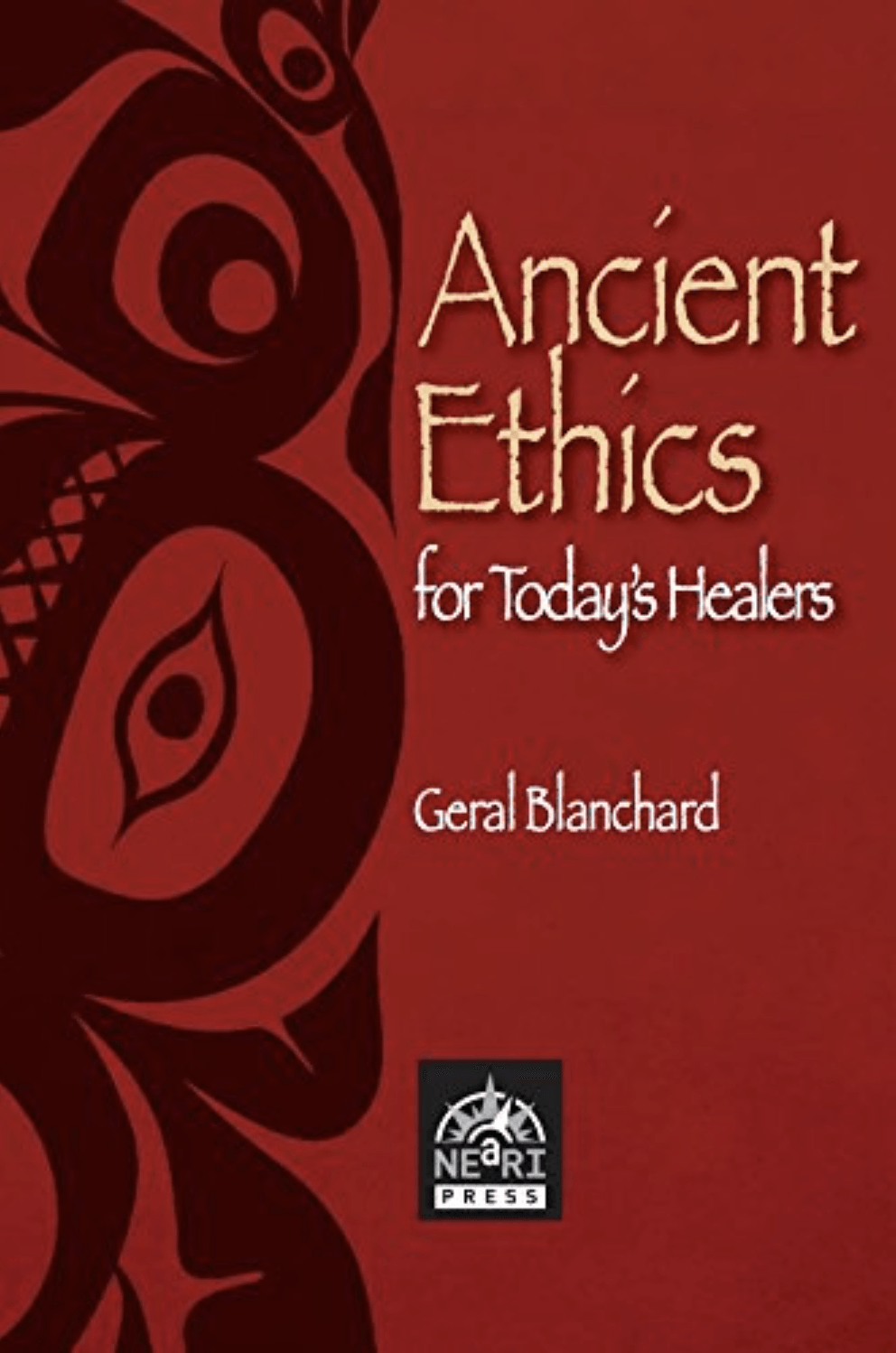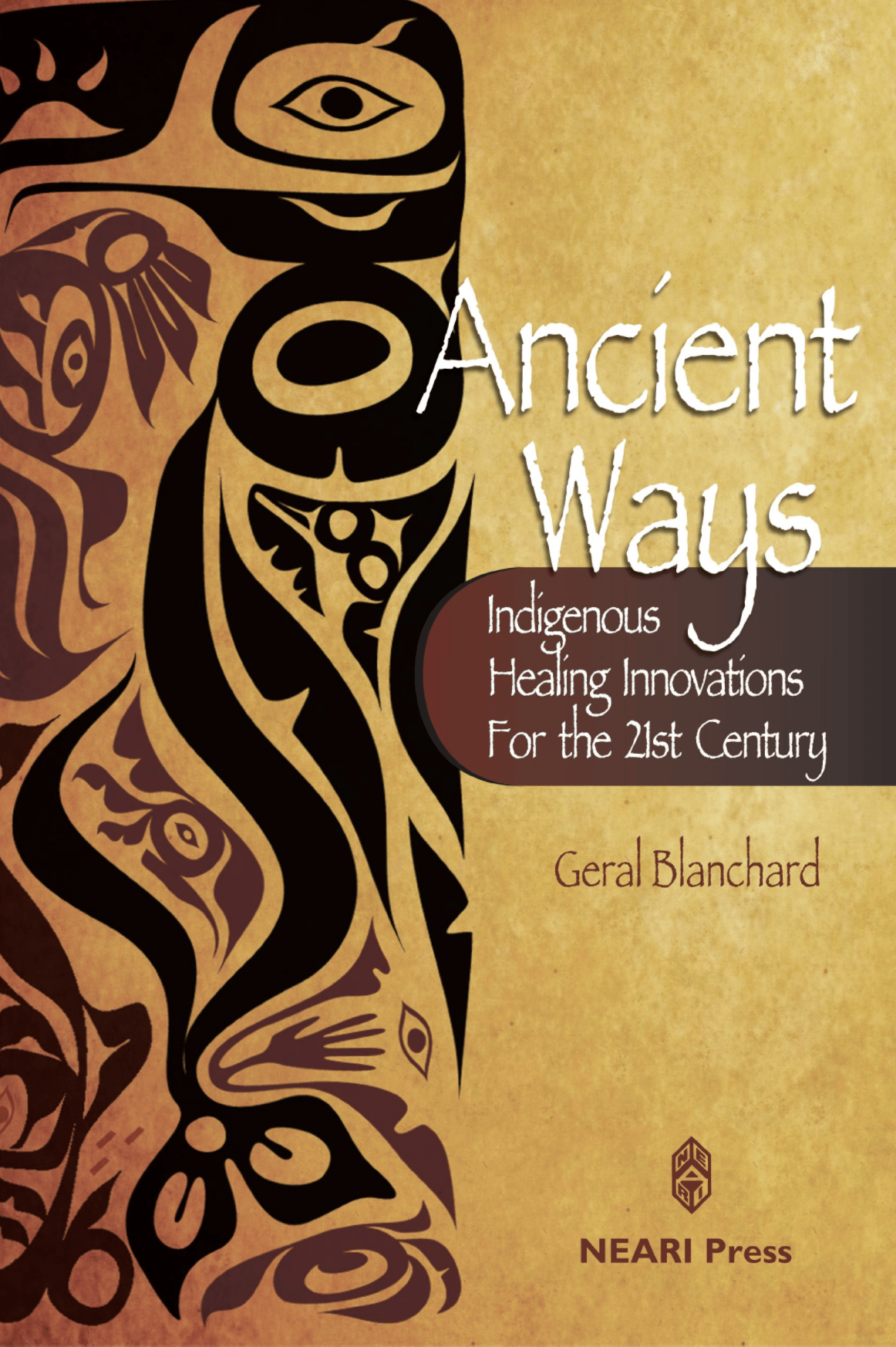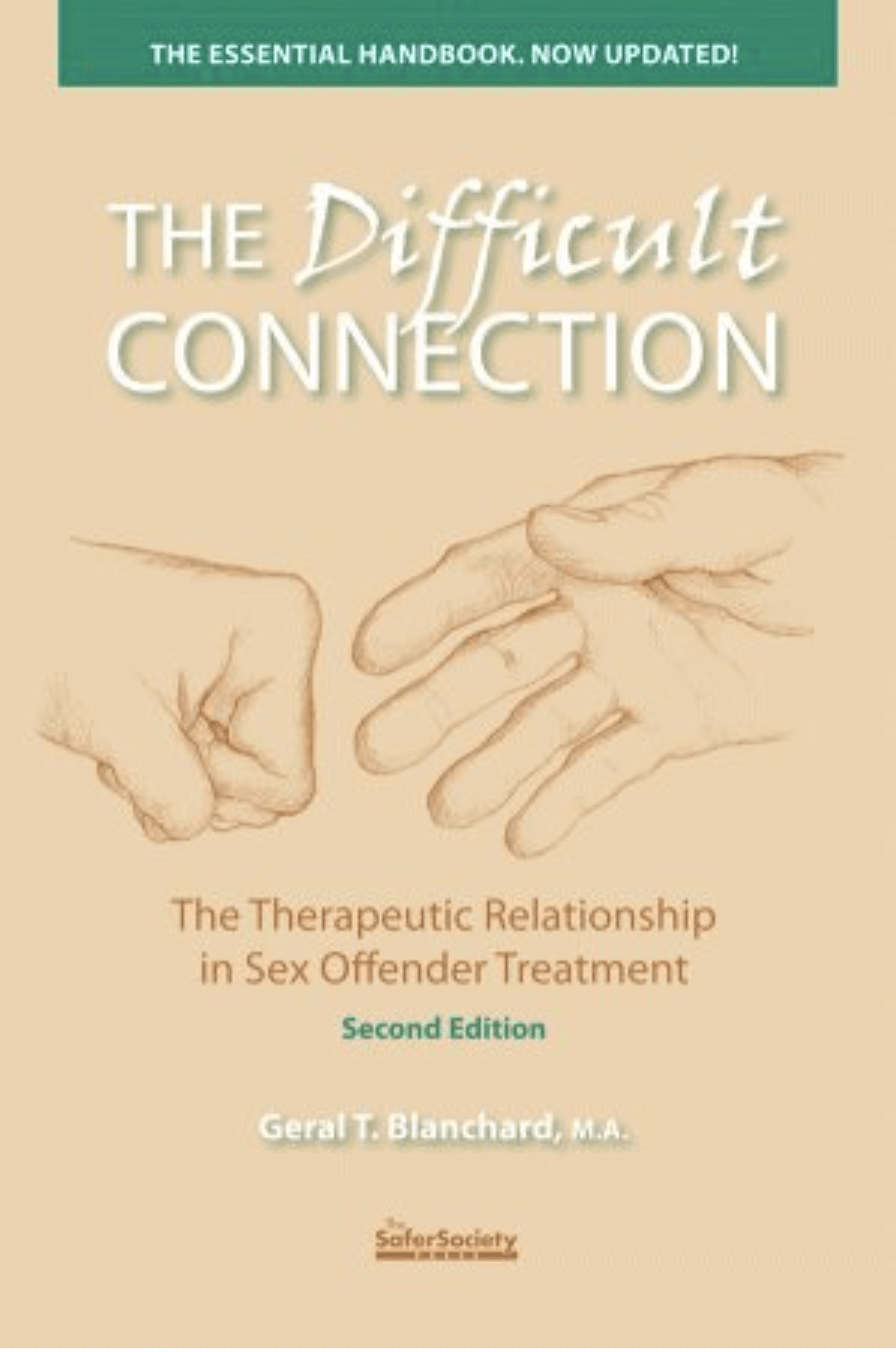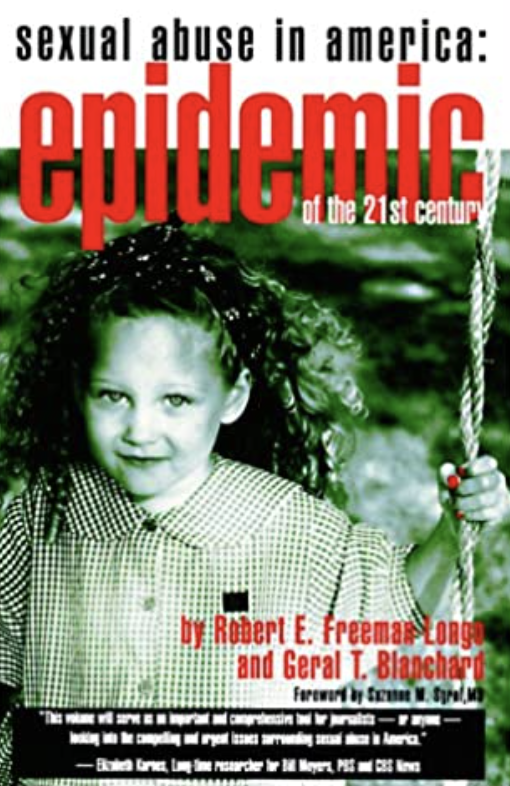Geral Blanchard, LPC, is a psychotherapist who is university trained in psychology and anthropology. Formerly of Wyoming and currently residing in Iowa, Geral travels the world in search of ancient secrets that can augment the art and science of healing. From Western neuroscience to Amazonian shamanism, he has developed an understanding of how to combine old and new healing strategies to optimize recovery, whether from psychological or physical maladies.
MDMA and the Common Heart
“…the great nature in which we rest, as the earth lies in the soft arms of the atmosphere; that Unity, that Over-soul, within which every man’s particular being is contained and made one with all other; that common heart.”
- Ralph Waldo Emerson, nineteenth century transcendentalist
In earlier writings I have addressed the ancient, African Himba tribal idea of merging heart bubbles, when the spirit of two people becomes one. Many, many years later American scientists at the HeartMath institute rediscovered this human phenomenon and referred to it as heart resonance, other researchers calling it heart aesthesis. This brief article submits that this “heart happening” can also be regarded as a “conversation” between humans and other animal relatives. This apportioning of heart energy and spirit naturally resulted from sharing the same habitat of our bigger heart, Earth and beyond, and with other creatures over millions of years. We have never fully disconnected from our environs, as much as our fears and insecurities have pushed us to do so, especially with today’s dependence on “communication” technologies.
There is a permeability to empathy. It leaks out of us in the form of an electrical impulse. It can be regarded as moving in the mysterious between what extends out of us and other beings, and connects with many life forms around us for the betterment of all. German philosopher, Martin Buber, referenced the enigmatic dialogue between humans this way: “When two people relate to each other authentically and humanly, God is the electricity that surges between them.” He referred to this deeply natural and sacred relationship as the “I-Thou.” Buber said, “The divine is in you as well as me, and you discover it in relationship.” What he seemed to be suggesting was that we are all one and can realize that fact with a little social experimentation.
The heart as a brain and communication component in all animals is more than a metaphor. Emerging neuroscience presents the heart as a mindful and intuitive electrical muscle that allows us to sense message, even in circumstances when we don’t quite know, with our cranial intellect, what is happening. And this heart that is thumping in our chest should not be seen as a separate unit. It does not exist in isolation. The heart resides in multiple locations all at once as part of one big multi-locational and pulsing wave machine -- as a united, albeit scattered form of interconnected awareness. We are neither here nor there, we are everywhere on this planet and beyond – inextricably bonded. So when you swallow a heart touching and bonding medicine – MDMA—it should come as no surprise that the Over-soul is awakened and messages come to us from various life forms, “dead” and alive, and from one all-pervading location, often misunderstood as “here” and “there.”
Animals detect and study each other, and us, in amazing ways. Ants can communicate with each other via pheromones (chemicals). Elephants by seismic activity. Dolphins and Bushmen by pulsed clicks. Mycellium (mushroom) colonies have a natural internet system that can extend across hundreds of acres. Pine trees “whisper” to each other by tapping into underground fungi networks and they can warn their relatives of an approaching herbivore attack. Even bacteria communicates with animals.
All of this can be referred to as the superlanguage – a nonverbal, nonlinguisitc and very basic way of understanding one another – from ant to hippopotamus. It is Nature’s primal language that predates every species currently in existence on or under Earth.
This “song of the wild,” as Bernie Krause, a bioacoustician, reflects Earth’s soundscape. There is a collective chorus of creatures that create localized and extended “biophanies,” natural symphonies that preceded human music. Some indigenous groups, when playing their music, use the jungle as kind of back-up band. Krause says some people living in Amazonian rainforests have created music that has no doubt been influenced by a bird like the musician wren. This bird whistles a tune that sounds like a flute playing the blues, and so do the people. They form a connection, a relationship, and ultimately a chorus. With awareness and participation (not just passively watching a National Geographic documentary on TV) the concept of individuality starts to dissolve.
Some of the sounds from our common heart falls below the human range of conscious awareness. But it does get registered. If you are near a horse, it can detect the sound and pulse of your heartbeat up to four feet away. Horse can synchronize its own heartbeat to a human’s -- like the Himba tribe and the HeartMath institute say people can do -- and to a trained equine therapist. Horse signals an imminent change in the client even before the therapist detects it in the human. So who is the therapist? Who has the most developed empathy skills?
Now, let’s go one step further. If we are all connected relatives, mitakuye oyasin as the Lakota say, perhaps by more consciously joining the fold, we may find therapy via Nature. A new psychology has formed that addresses this phenomenon of mutuality. It is called ecotherapy. It asserts that true healing, especially when done outdoors, works in both directions, bi-directionaly. By interacting more with Nature, humans heal more effectively.
And this reminds me of the words of one of my first professors, psychiatrist Jonas Robitscher who I have quoted countless times. Jonas defined effective psychotherapy this way: “Effective therapy is an engagement of two people that leaves both changed. If only one changes, therapy has been a failure.” Extrapolating from his perspective an ecopsychologist would say that engagement with Nature is about merging with our extended family by daring to set foot in a forest.
***********
Dr. Dolittle: ‘ow come I can hear you talking?
Lucky, the dog: I dunno. Maybe you’re just weird or something.
Dr. Dolittle: Shut up. You’re a dog. DOGS CANNOT TALK.
Lucky: What the hell do you think barking is, an involuntary spasm?
--Dr. Dolittle (1998 Film Version)
*********
Additional Reading:
Our Wild Calling: How Connecting with Animals Can Transform Our Lives and Save Theirs by Richard Louv
Other Topics
Basics of MDMA
Rituals and Ceremony
Brain and MDMA
Trauma
Heart
Energy Movement
Quantum Physics
Native Cosmologies
Nature
Spirituality/Enlightenment
Kogi Tribe
Books written by Geral T. Blanchard
More Articles






